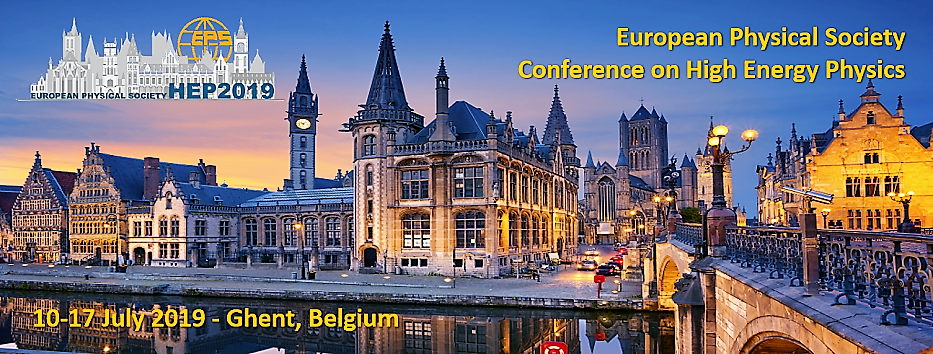Speaker
Description
The Large Hadron-electron Collider (LHeC) is a proposed upgrade of the LHC at CERN. It consists of an ERL providing electrons to collide with the HL-LHC, HE-LHC and the FCC-hh ion beams. It will achieve per nucleon centre-of-mass energies 0.8-2.2 TeV, respectively, and luminosities about $10^{33}$ cm$^{−2}$ s$^{−1}$ The LHeC and its possible successors will extend the kinematic plane in nuclear DIS by about four orders of magnitude towards smaller $x$ and larger $Q^2$ and therefore be the highest energy electron-ion colliders we can possibly build. DIS measurements in such configurations offer the unique opportunity to completely resolve the partonic content and dynamics inside nuclei, including observations of flavour dependent shadowing, non-linear parton interactions and similarly unresolved phenomena. Nuclear PDFs can be determined to very high precision and the relation to proton structure be established for each quark flavour and the gluon deep into an unknown range and independently of any proton PDF basis. This programme has the unique potential to completely change the view on nuclear structure and dynamics and resolve many phenomena at the heart of deconfinement and the Quark Gluon Plasma.
